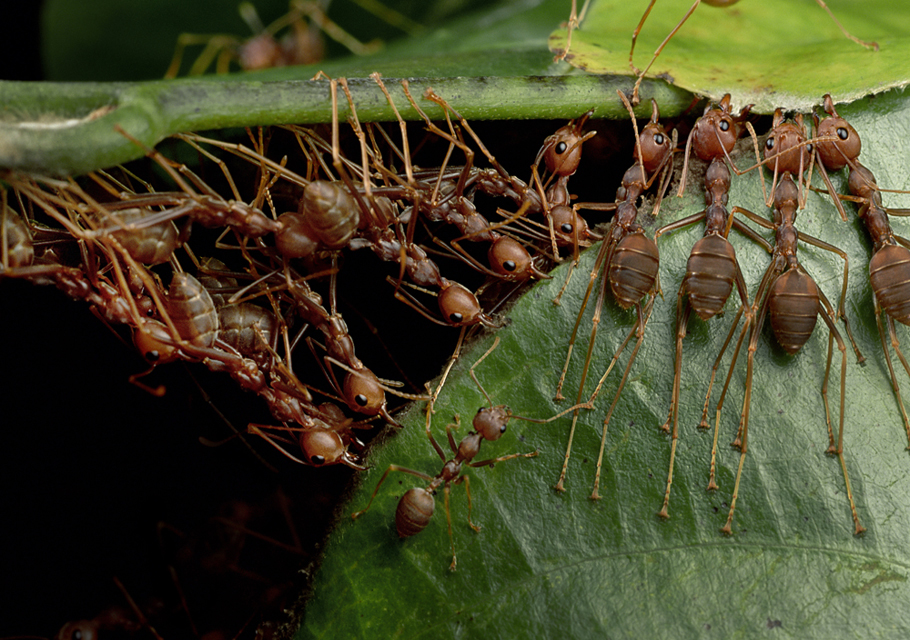Schedule
Schedule¶
Daily schedule of classroom sessions.
Complete homework (listed in the Assignments column) before class starts on that day.
The Pages column contains links to materials we will use during class that day and are not part of the homework.
Mondays are marked by bold font.
non-class days are marked by italices.
In-class peer work due to Gradescope by 11PM each Friday (scribe completes for the group). Group work assessments provided via this link each week by 11PM Friday (manager completes for the group).
Date |
Topic |
Assignments |
In-Class Page(s) |
|---|---|---|---|
Jan 30 |
Welcome and Introduction |
none |
|
Feb 1 |
Components |
||
Feb 6 |
Components |
Konrad Lorenz Here am I. Where are You? (1988) pg 89-102 (summarize for yourself: ritualization, superimposition, learning); |
|
Feb 8 |
Observation |
Complete the data analysis and questions on Stickleback aggression from last class; |
|
Feb 13 |
Analysis |
Altmann 1973 Sampling Methods |
|
Feb 15 |
Phylogeny |
Meerkat activity budget analysis from last class |
|
Feb 17 |
Exam released |
Part 1 (Components of Behavior, Observation, and Analysis) |
|
Feb 20 |
Phylogeny |
TBD |
|
Feb 22 |
Evolution |
Complete the phylogeny of behavior assignment from last class; Come prepared with responses to your exploration of this natural selection simulation |
|
Feb 24 |
Exam DUE |
Part 1 (Components of Behavior, Observation, and Analysis) Due by 11pm |
|
Feb 27 |
Evolution |
Alcock and Rubenstein text pg 183-184; |
|
March 1 |
Neural |
Huberman Podcast: Understanding and Controlling Aggression; |
|
March 3 |
Exam released |
Part 2 (Phylogeny and Evolution) |
|
March 6 |
Neural |
review Konrad Lorenz Here am I. Where are You? (1988) pg 83-88 if you need a refresher; |
|
March 8 |
Hormonal |
||
March 10 |
Exam DUE |
Part 2 (Phylogeny and Evolution) Due by 11pm |
|
March 11-26 |
Spring Break |
||
March 27 |
Genetic |
Nature and Nurture Podcast: EP11 - Social Behavior of Rodents with Dr. Hopi Hoekstra (minutes 0-10 address Hoekstra’s genetic basis of behavior work more directly and you can stop at 10min if you want, then she talks more about general culture of lab and science and work-life balance) |
|
March 29 |
Endogenous Rhythms |
Levy et al (2021) Lifelong exposure to artificial light at night impacts stridulation and locomotion activity patterns in the cricket Gryllus bimaculatus. Proc R Soc B, 288, Sections: *Abstract, Introduction, Methods(a) Rearing Conditions, Figure 2, Results(d) Artificial light at night elicited three types of activity patterns, Figure 5, and Discussion. |
|
April 3 |
Development |
The Animal Behavior Podcast, S2E6: Karen Warkentin on Treefrogs, Phenotypic Plasticity, and Linking Gender & Sexuality Studies with Biology (the first half is the discussion of research); |
|
April 5 |
Navigation |
||
April 7 |
Exam released |
Part 3 (Neural, Hormonal, Genetic, and Development) |
|
April 10 |
Escape |
Jun Liu, Monika Scholz (2020) Neural Circuits: Turning away from danger eLife 9:e59910; |
|
April 12 |
Communication - proximate |
The Animal Behavior Podcast, S2E4: Jesse Goldberg on Neurobiology and Vocal Learning in Song Birds |
|
April 14 |
Exam DUE |
Part 3 (Neural, Hormonal, Genetic, and Development) Due by 11pm |
|
April 17 |
Communication - ultimate |
The Animal Behavior Podcast, S2E2: Tamra Mendelson on Signal Evolution and Processing Bias |
|
April 19 |
Social Spectrum - Grouping and Cooperation |
||
April 24 |
Social Spectrum - Eusociality and Altruism |
Common Descent: Episode 111 Eusociality (from minute ~39 to ~120) |
|
April 26 |
Sexual Selection |
Common Descent Podcast E63: Sexual Selection (from minute ~36-106) |
|
May 1 |
Family Life: Mating Systems |
The Animal Behavior Podcast, S2E5: Nora H. Prior on Social Interactions - Linking Brain and Behavior; |
|
May 3 |
Family Life: Parental Care |
The Science of Love from Dr. Bianca Jones Marlin; |
|
May 4 |
Exam released |
Part 4 (Understanding Behavior) |
|
May 8 |
Bring your capstone drafts to class |
||
May 10 |
Bring your capstone drafts to class |
||
May 10 |
Exam DUE |
Part 4 (Understanding Behavior) Due by 11pm |
|
May 16 |
Capstone DUE |
May 11-15 Reading Period May 16-19 Final Exam Period
